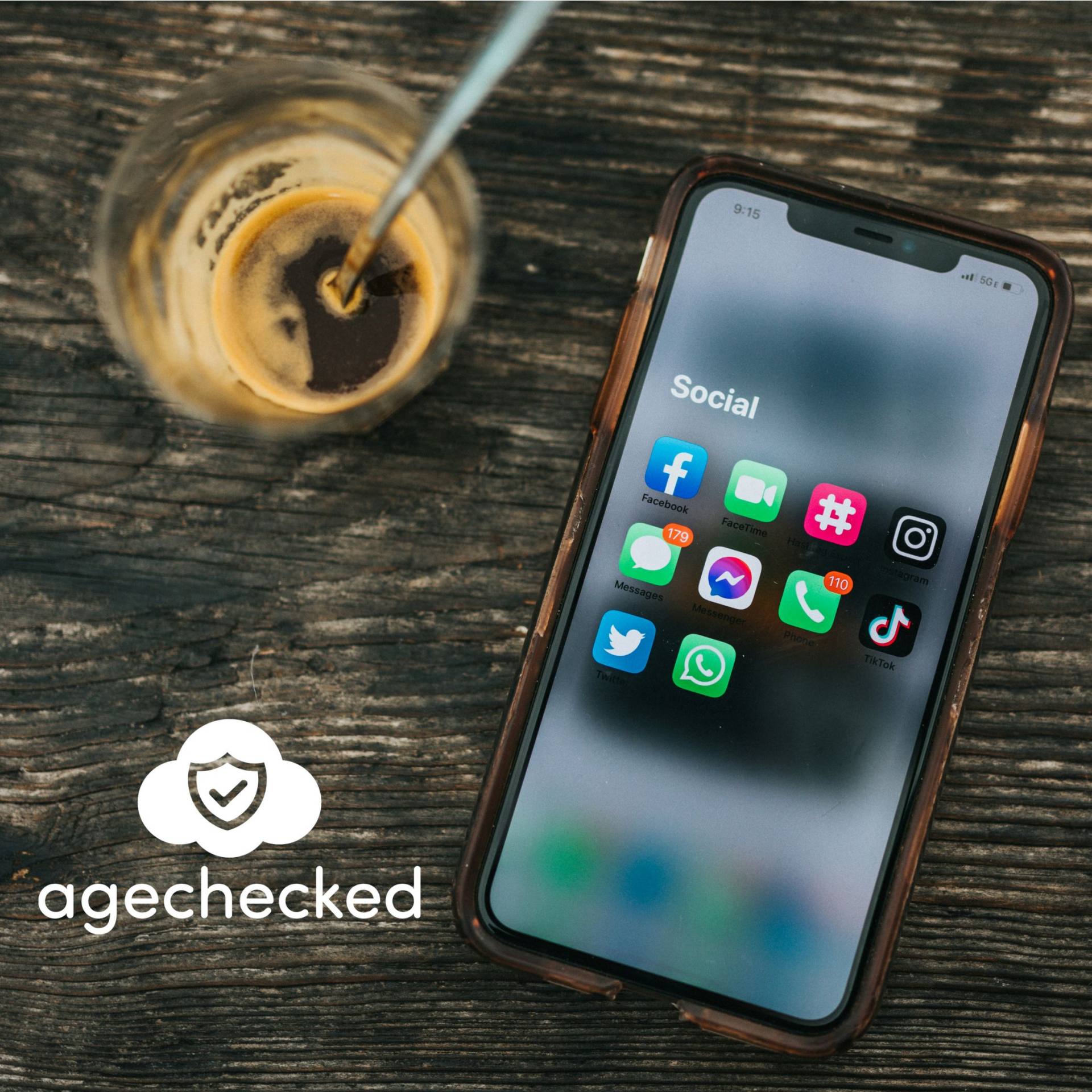Vapes on TikTok: How to Safeguard Young Users
Vaping is an increasingly popular alternative to smoking, and health professionals are all but unified in the belief that vapes pose far fewer health risks than tobacco. Vaping is actively recommended as a method of tobacco smoking cessation, which has transformed the vape sector into a multi-billion-dollar industry.
While the potential benefits of vapes are undeniable, they can pose a risk to young users. One of the biggest criticisms levied at these products is the appeal they can have to young people and children, especially vapes in fruity flavours and colourful packaging. Is TikTok, the younger generation’s social platform of choice, being used to promote and encourage vaping among children? Read on to find out.
How Many Children Vape?
Before we discuss the promotion and selling of vapes on TikTok, first let’s take a look at the rates of vaping among children and underage users. In the UK, the law prohibits anyone under the age of 18 from purchasing vapes, but unfortunately, this seems to have done little to prevent children from experimenting with vapes and electronic cigarettes.
In 2023, the number of children who had reported experimenting with vaping had grown by 50% when compared to the previous year, with 20.5% of young people aged 11-17 reporting having tried vaping. Research conducted by Action on Smoking and Health breaks down these numbers in more detail, revealing that, of this 20.5%, 3.9% reported vaping less than once per week and 3.6% more than once per week.
What are the Risks?
While vaping serves as a less harmful alternative to smoking, it is not without its risks and can pose a particular risk to young people.
First and foremost, vaping can lead to nicotine addiction, especially given the high nicotine content found in vape products today. This can lead to children experimenting with other nicotine products, such as cigarettes, which obviously have far more serious health implications.
Vaping itself can also cause health issues, particularly among heavy users. These can include bronchitis and lung damage, and the risk of these can be higher in the developing bodies of young people.
Vapes on TikTok
TikTok has been a social media revolution. The video-sharing app completely transformed the digital landscape and quickly staked a claim as the most popular social platform for young people. In recent years, TikTok has expanded and now offers far more than just video-sharing capabilities, with TikTok Shop now one of its most popular features.
Almost anything can be bought on TikTok, with clothes, tech and beauty products making up a large portion of goods sold via the app. However, the platform has been criticised for allowing easy access to age-restricted products, with vapes on TikTok a particular problem.
Despite the platform banning nicotine products, this has done little to stop the selling of vapes on TikTok, with just one shop selling vape products found to have sold over 1,000 products, with the boast that purchase requires no ID.
This is obviously a concern. Not only is TikTok facilitating the purchase of vapes by underage users, but it can also actively encourage it through content that glamourises the use of vapes and nicotine products.
Addressing the Issue
How can social media platforms address this issue? To combat the problem of vapes on TikTok, there are a number of options available to the company. The obvious route would be to target the vape sellers themselves. However, this is proving exceedingly difficult, as creators on the app use technical loopholes and disguised captions and tags to circumvent existing rules.
The alternative is to impose more stringent age verification restrictions. By working with a provider like AgeChecked, social media companies can more effectively verify the age of users and then utilise this data to ensure young users are not exposed to potentially harmful content. These checks can also be integrated with features like TikTok Shop, adding another layer of protection to prevent the sale of age-restricted products to underage users.
Conclusion
The problem of vapes on TikTok seems to be increasing, despite the platform’s efforts to curb their sale. Worryingly, it appears to be relatively easy for underage users to purchase these products. The AgeChecked solution can be harnessed to prevent these underage sales from taking place and to safeguard young social media users.





